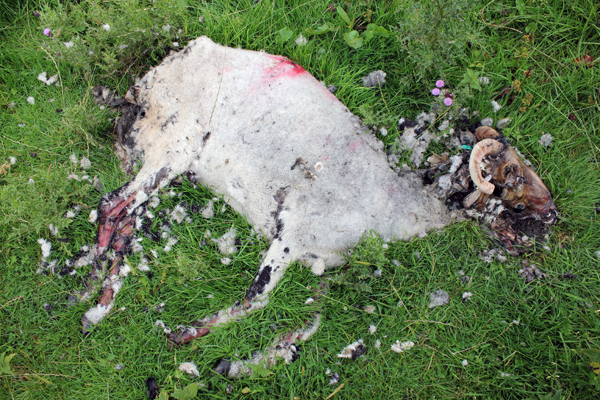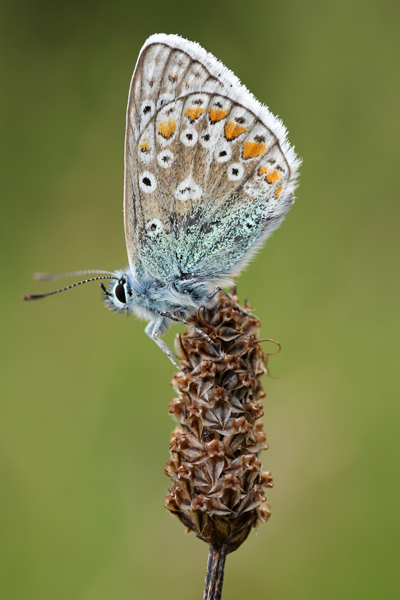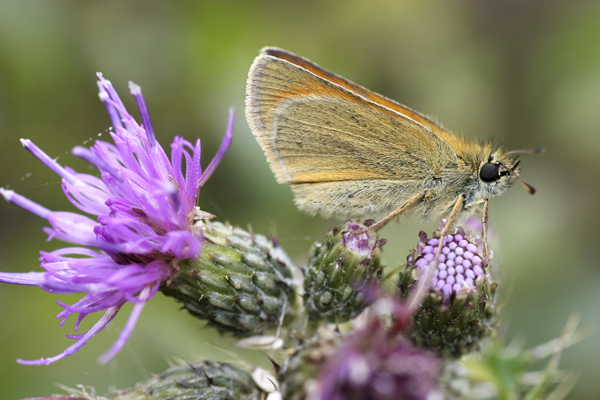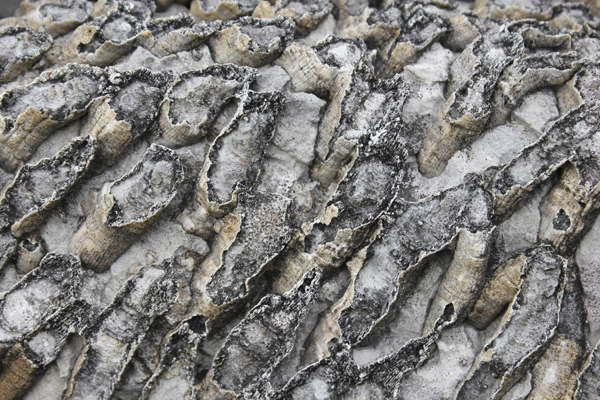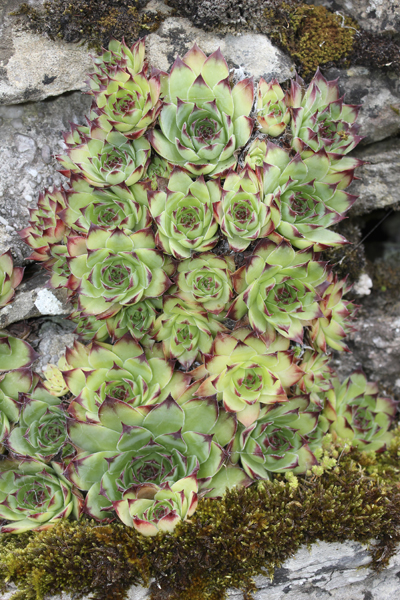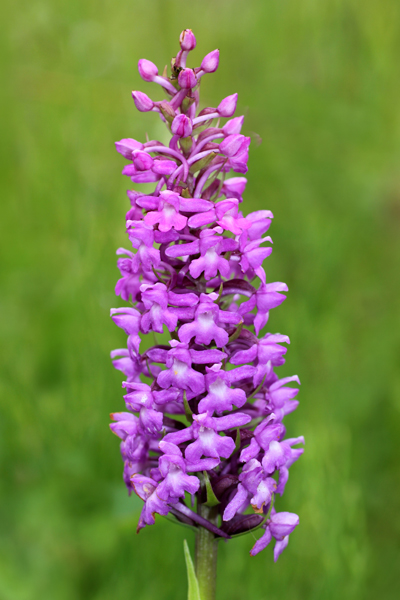 Smardale Gill National Nature Reserve is about 100 acres in size and occupies a 3.3 mile stretch of the disused Tebay to Darlington railway line. It is maintained by the Cumbria Wildlife Trust and has been designated as a Site of Special Scientific Interest (SSSI).
Smardale Gill National Nature Reserve is about 100 acres in size and occupies a 3.3 mile stretch of the disused Tebay to Darlington railway line. It is maintained by the Cumbria Wildlife Trust and has been designated as a Site of Special Scientific Interest (SSSI).
It was four years since our last visit – see Smardale Aug 2011
We parked up in Newbiggin-by-Lune taking our usual route we crossed the road and walked along a farm-track running between two drystone walls climbing steadily before dropping down to the packhorse / drover’s bridge crossing Scandal Beck & stopping for lunch. We steadily climbed again up the limestone valley before crossing the old Smardale Gill Railway Viaduct and following the route of the former railway line back to the village.
Dead Sheep
Les Hale found Corpse of the Day I a dead Hedgehog Erinaceus europaeus on the A685 and there was a rather extreme Corpse of the Day II – a whiffy dead sheep near our lunch stop. Unfortunately no Scotch Argus Erebia aethiops on the wing today given the weather but we did note Small Skipper Thymelicus sylvestris, Common Blue Polyommatus icarus, Meadow Brown Maniola jurtina, Small Heath Coenonympha pamphilus, numerous Common Grass-veneers Agriphila tristella, Large Yellow Underwing Noctua pronuba, Six-spot Burnet Zygaena filipendulae and Chimney Sweeper Odezia atrata.
Common Blue
Small Skipper
Birds included Grey Heron and Mallard in Scandal Beck, Great Spotted Woodpecker, yellowy coloured juv Willow-chiffs, Kestrel and Raven. Jean Lund was watching a Spotted Flycatcher when there was commotion close by with an agitated Song Thrush and Wren being disturbed possibly by a Stoat Mustela erminea.
Various Galls were noted including:- Galls on Aspen Populus tremula leaves caused by the Gall Mite Phyllocoptes populi, Galls on Meadowsweet Filipendula ulmaria leaves caused by the Gall Midge Dasineura ulmaria, Red Pustule Galls on Sycamore Acer pseudoplatanus leaves caused by the Gall Mite Aceria macrorhynchus, Galls on Sycamore Acer pseudoplatanus leaves caused by the Gall Mite Aceria pseudoplatani and Sloe Prunus spinosa Leaf Curl caused by the Leaf-curling Plum Aphid Brachycaudus helichrysi.
A few Insects & Invertebrates with Hoverfly Rhingia campestris, Marmalade Hoverfly Episyrphus balteatus, Common Red Soldier Beetle Rhagonycha fulva, Red-tailed Bumblebee Bombus lapidarius and the black and red forms of Black Slug Arion ater.
An interesting geological diversion was a chunk of fossilized rugose colonial coral Lithostrotion junceum being used as building material along with the usual sandstone and granite in a section of drystone wall.
Fossilized Coral
Pat Lockwood and Robert from the Liverpool Botanical Society were on hand to help with plant ID and we stacked up a great list including Black Spleenwort Asplenium adiantum-nigrum, Maidenhair Spleenwort Asplenium trichomanes, Wall-rue Asplenium ruta-muraria, Brittle-bladder Fern Cystopteris fragilis, Meadow Buttercup Ranunculus acris, Welsh Poppy Meconopsis cambrica, Common Nettle Urtica dioica, Turkish Hazel Corylus colurna, Lesser Stitchwort Stellaria graminea, Imperforate St John’s-wort Hypericum maculatum, Common Rock-rose Helianthemum nummularium, Sweet Violet Viola odorata, Aspen Populus tremula, Shepherd’s-purse Capsella bursa-pastoris, Heather Calluna vulgaris, Primrose Primula vulgaris with one flower!
House Leek
House-leek Sempervivum tectorum, Biting Stonecrop Sedum acre, Meadowsweet Filipendula ulmaria, Silverweed Potentilla anserina, Tormentil Potentilla erecta, Creeping Cinquefoil Potentilla reptans, Wild Strawberry Fragaria vesca, Water Avens Geum rivale, Agrimony Agrimonia eupatoria, Great Burnet Sanguisorba officinalis, Salad Burnet Sanguisorba minor, Fodder Burnet Sanguisorba minor subsp. muricata, Garden Lady’s-mantle Alchemilla mollis, Burnet Rose Rosa spinosissima, Blackthorn Prunus spinosa, Common Bird’s-foot Trefoil Lotus corniculatus, Greater Bird’s-foot-trefoil Lotus pedunculatus, Tufted Vetch Vicia cracca, Meadow Vetchling Lathyrus pratensis, White Clover Trifolium repens, Zigzag Clover Trifolium medium, Great Willowherb Epilobium hirsutum, Broad-leaved Willowherb Epilobium montanum, Rosebay Willowherb Epilobium angustifolium, Enchanter’s-nightshade Circaea lutetiana, Dog’s Mercury Mercurialis perennis, Fairy Flax Linum catharticum, Meadow Crane’s-bill Geranium pratense, Bloody Crane’s-bill Geranium sanguineum, Herb-Robert Geranium robertianum, Rough Chervil Chaerophyllum temulum, Sweet Cicely Myrrhis odorata, Pignut Conopodium majus, Ground-elder Aegopodium podagraria, Hogweed Heracleum sphondylium, Upright Hedge-parsley Torilis japonica, Wild Carrot Daucus carota, Betony Stachys officinalis, Hedge Woundwort Stachys sylvatica, Wood Sage Teucrium scorodonia, Selfheal Prunella vulgaris, Wild Marjoram Origanum vulgare, Wild Thyme Thymus polytrichus, Hoary Plantain Plantago media, Ribwort Plantain Plantago lanceolata, Monkeyflower Mimulus guttatus, Thyme-leaved Speedwell Veronica serpyllifolia, Wood Speedwell Veronica montana, Eyebright Euphrasia officinalis, Yellow-rattle Rhinanthus minor, Harebell Campanula rotundifolia, Lady’s Bedstraw Galium verum, Limestone Bedstraw Galium sterneri, Heath Bedstraw Galium saxatile, Cleavers Galium aparine, Crosswort Cruciata laevipes, Guelder-rose Viburnum opulus, Field Scabious Knautia arvensis, Devil’s Bit Scabious Succisa pratensis, Melancholy Thistle Cirsium heterophyllum, Marsh Thistle Cirsium palustre, Creeping Thistle Cirsium arvense, Saw-wort Serratula tinctoria, Common Knapweed Centaurea nigra, Chicory Cichorium intybus, Goat’s-beard Tragopogon pratensis, Mouse-ear-hawkweed Pilosella officinarum, Sneezewort Achillea ptarmica, Oxeye Daisy Leucanthemum vulgare, Pineappleweed Matricaria discoidea, Common Ragwort Senecio jacobaea, Quaking-grass Briza media, Timothy Grass Phleum pratense.
Fragrant Orchid
There were 80 + spikes of Fragrant Orchid Gymnadenia conopsea also Pyramidal Orchid Anacamptis pyramidalis and Common Spotted-orchid Dactylorhiza fuchsia.
If you are interested in the wildlife of the north-west of England and would like to join the walks and coach trips run by the Merseyside Naturalists’ Association, see the main MNA website for details of our programme and how to join us.
A wide photographic selection of birds, marine life, insects, mammals, orchids & wildflowers, fungi, tribal people, travel, ethnography, fossils, hominids, rocks & minerals etc. is available on my Alamy webpage

